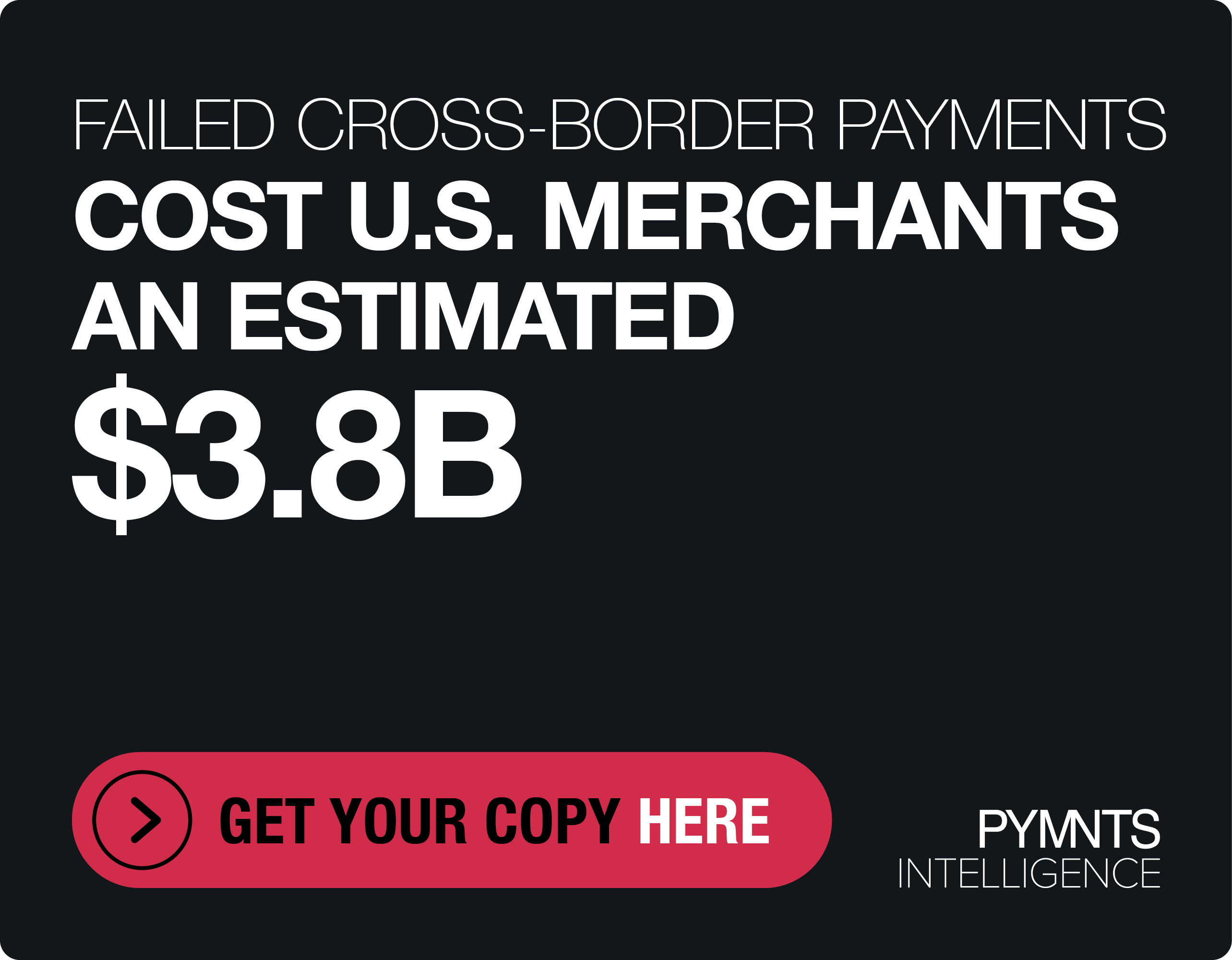B2B Payments Need ‘Foundational Infrastructure Layer’ as Faster Account-to-Account Beckons
The business payments landscape was stable for decades, Form3 CEO Mike Walters told Karen Webster.
Regular ACH payments were the norm, and any pain points and frictions were rooted in the vagaries of manual processes and paper invoicing.
“Not a lot changed for a long time,” he said.
And while it’s true that innovation comes slowly to the B2B realm, change does come. As is often the case, it’s informed by consumer-facing advances in technologies and new payment form factors. Consumer enthusiasm for credit cards helped bring commercial cards into more widespread use.
As buyers wielded cards more often in a commercial setting, payments got faster, and the information flows surrounding those payments became more robust with the aid of procurement solutions and electronic invoicing.
Now, as 2023 gives way to 2024, the next seismic shift in B2B looks set to come with account-to-account transactions, rendered in real time, as messaging standards coalesce around ISO 20022. Account-to-account functionality, added Walters, has the potential to fundamentally alter the user journeys across all verticals, spanning rental payments, utility bills, buying inventory and paying vendors.
“There’s increasing value in speed and efficiency, especially for those who need to borrow at scale” or have real-time visibility into where payments are and when they’ll hit an account, he said.
It’s hard to innovate and gain the full benefits from account-to-account functionalities when new digital experiences, in Walter’s telling of it, “crash into 30-year-old technology stacks.”
Ad hoc payments and payments exceptions are revealing the limitations of antiquated technology, noted Walters. Interest rates look set to remain “higher for longer,” and geopolitical and other events leading to supply chain shock are creating catalysts for B2B payments change.
For the FinTechs and financial institutions seeking to improve back-end accounts payable and accounts receivable processes, creating new business models in the process, the key approach will be one where technology investments will not chase a few use cases.
Seeking a Foundational Layer
The markets will determine which use cases gain ground, said Walters, who added it’s impossible to plan for every type of transaction. What’s needed is philosophical in nature: “A foundational layer of infrastructure that runs at speed,” he said.
That infrastructure promotes broad reach and accessibility as different types of payments scale and attain critical mass, he said.
The challenge is significant for B2B payments where the infrastructure is fractured, and network effects remain blunted, he said.
ISO 20022, Webster noted, introduces a “common language” of information conveyed between senders and receivers that can pave the way for the network effect. But Walters cautioned that with those standards in place, “they need to start dealing solely with messaging and start understanding the data and information in a transaction … and a narrative evolves.”
The parallel might be drawn from the card networks, as the data harnessed over the years (especially level 2 and 3 data) have led to actionable insights and new use cases, he said.
In looking ahead, with a nod to account-to-account transactions, he said, “this is not a technology looking for a problem; it’s a fundamental change in technology that already has a whole range of different problems that can be satisfied by different types of organizations.”
The problem-solving may be best addressed by collaboration between buyers and suppliers as each side of the B2B equation seeks to maximize liquidity and capital positions, he said. Advanced technologies, such as artificial intelligence, will improve security surrounding the payments themselves and help create a faster, cheaper microsystem of payments. Sustained investment in infrastructure on the part of banks and FinTechs will transform B2B.
“The consolidation of use cases, even businesses and the scaling of payment flows are going to be a game changer for the market,” he told Webster, adding that “there will be much less fragmentation.”
For all PYMNTS B2B coverage, subscribe to the daily B2B Newsletter.

